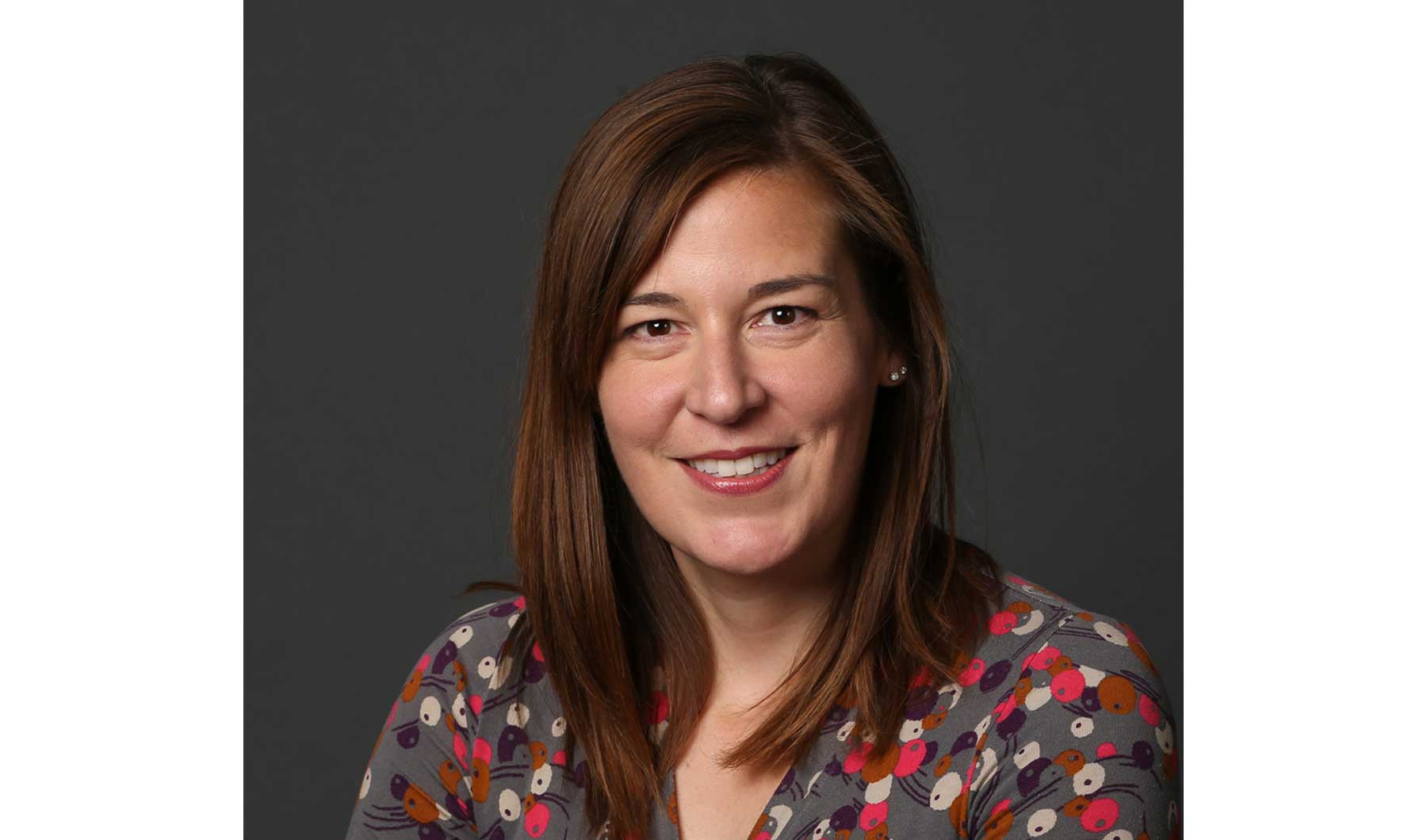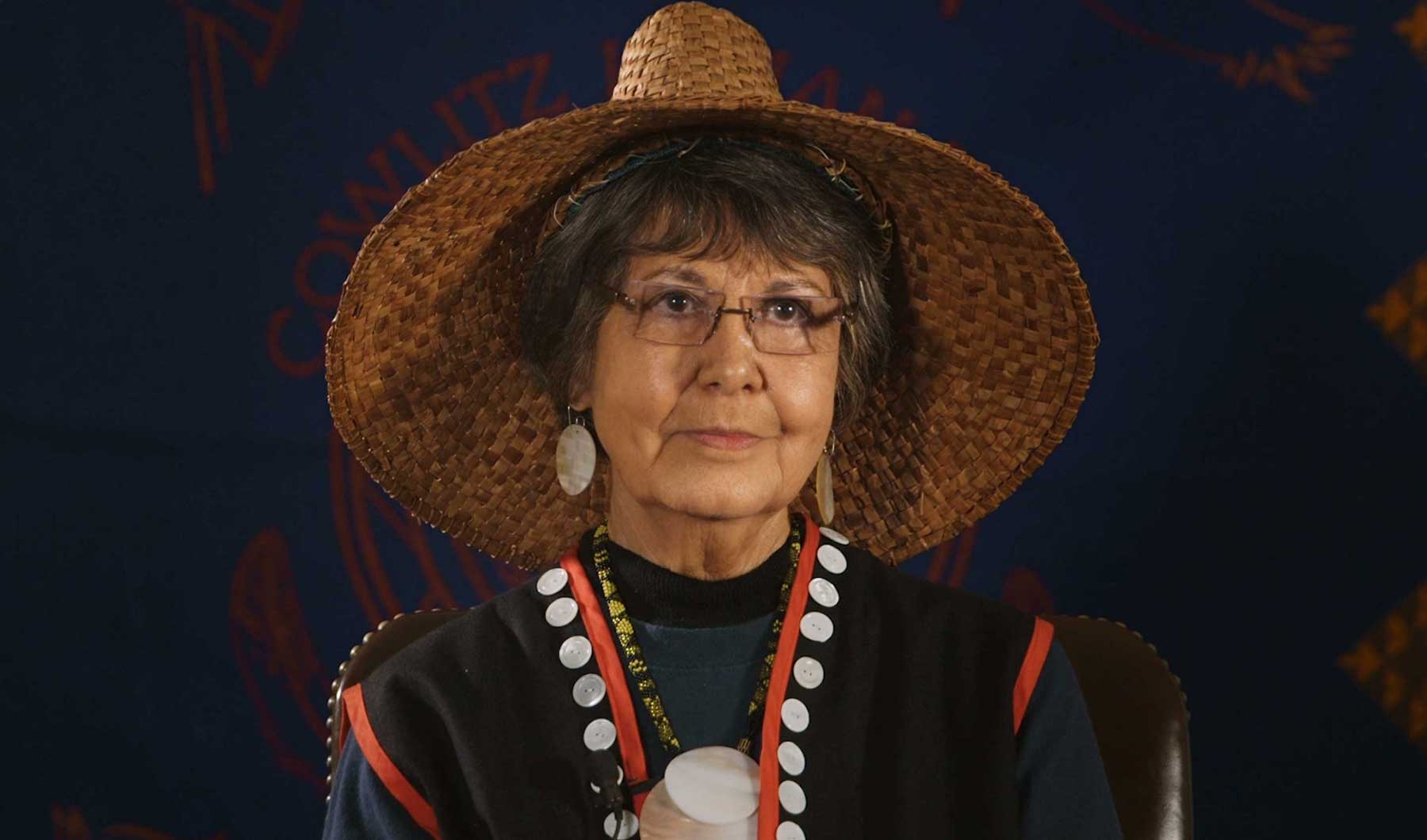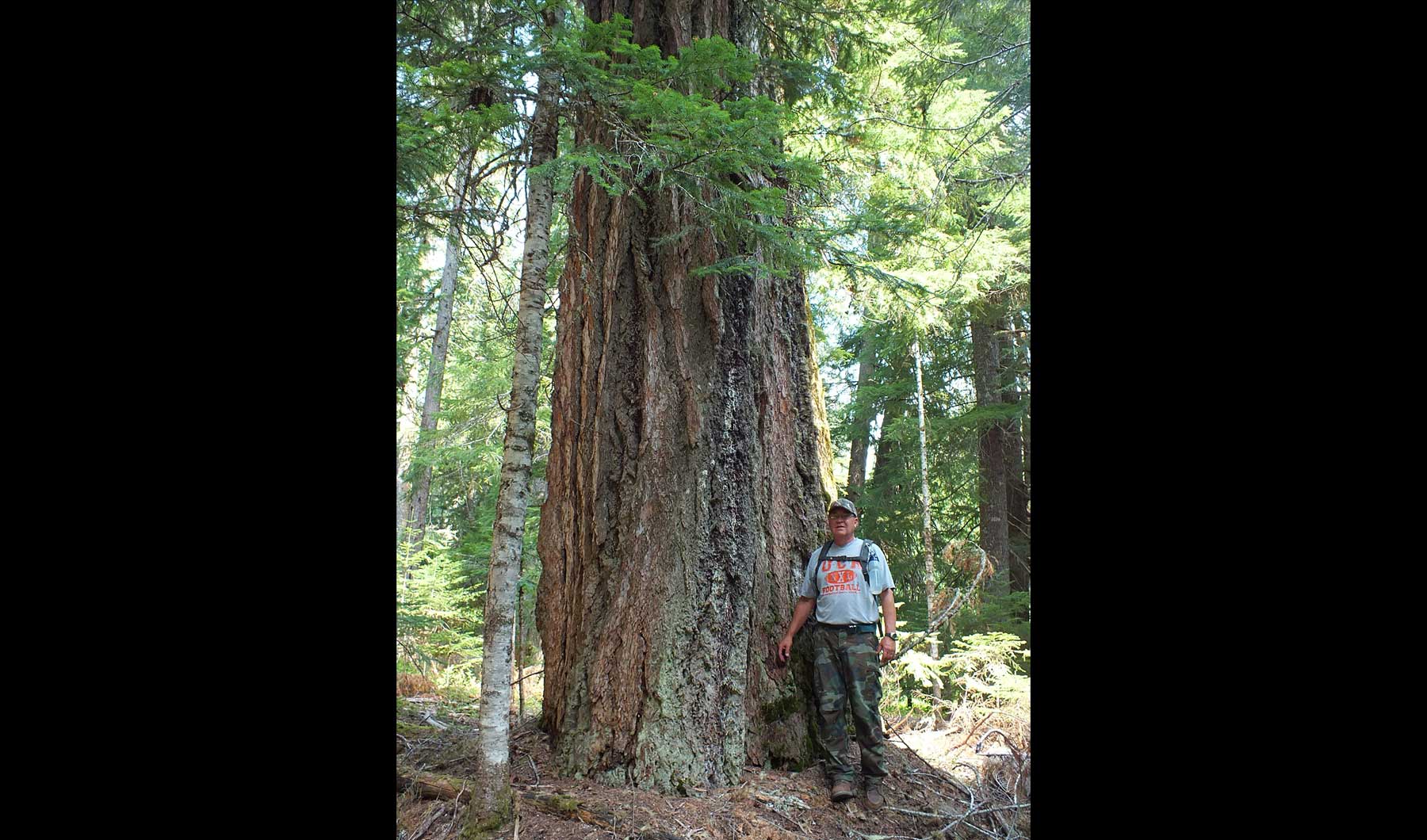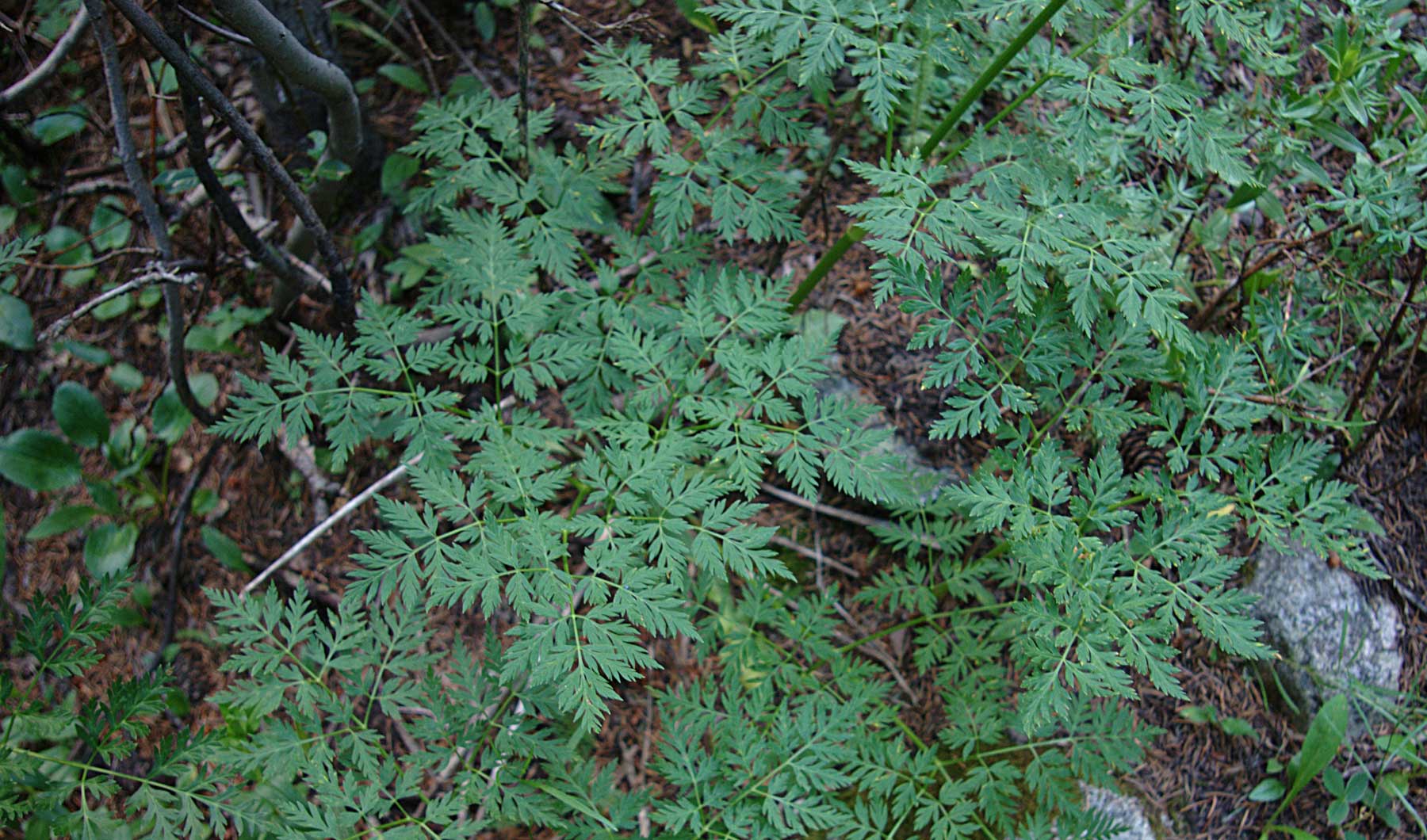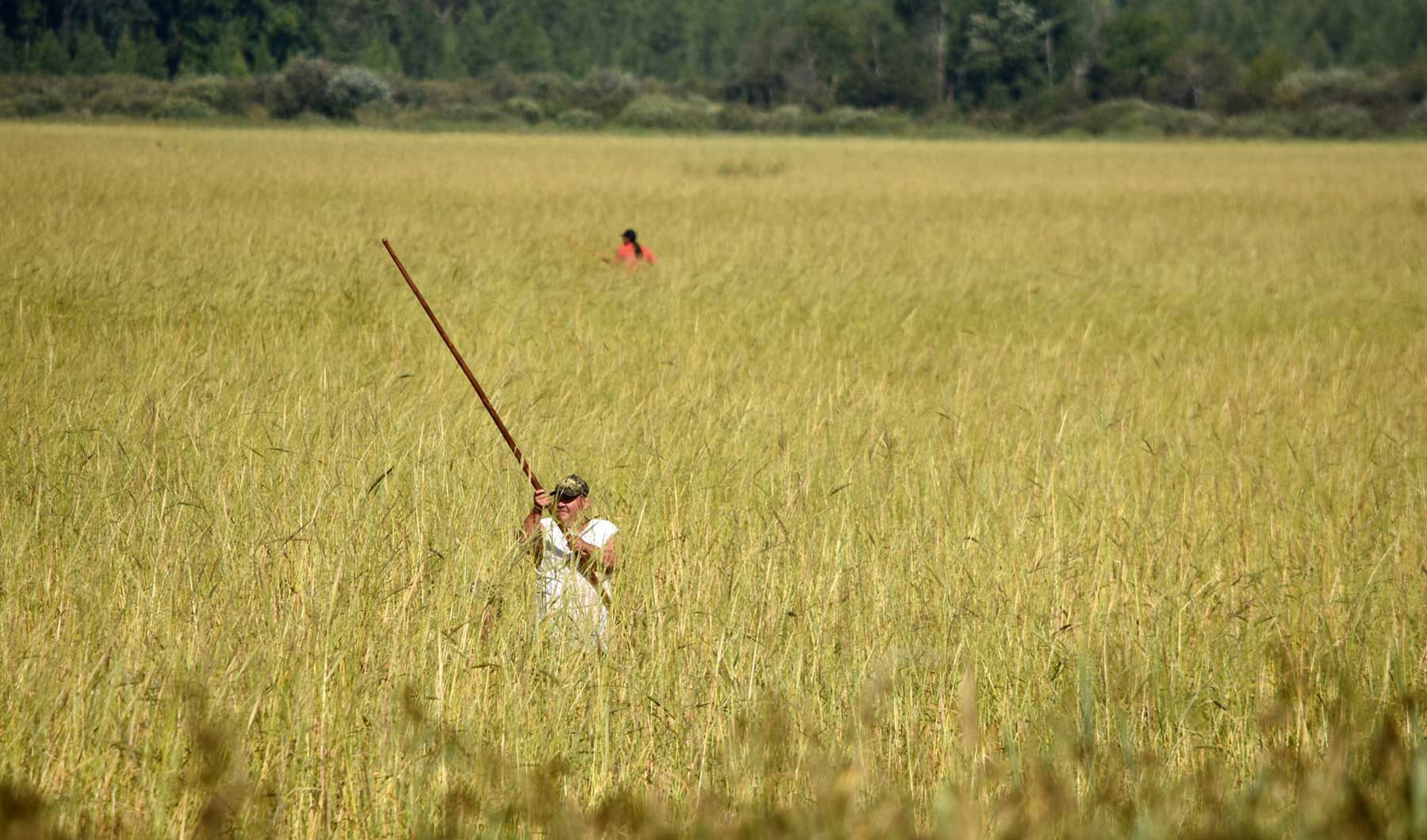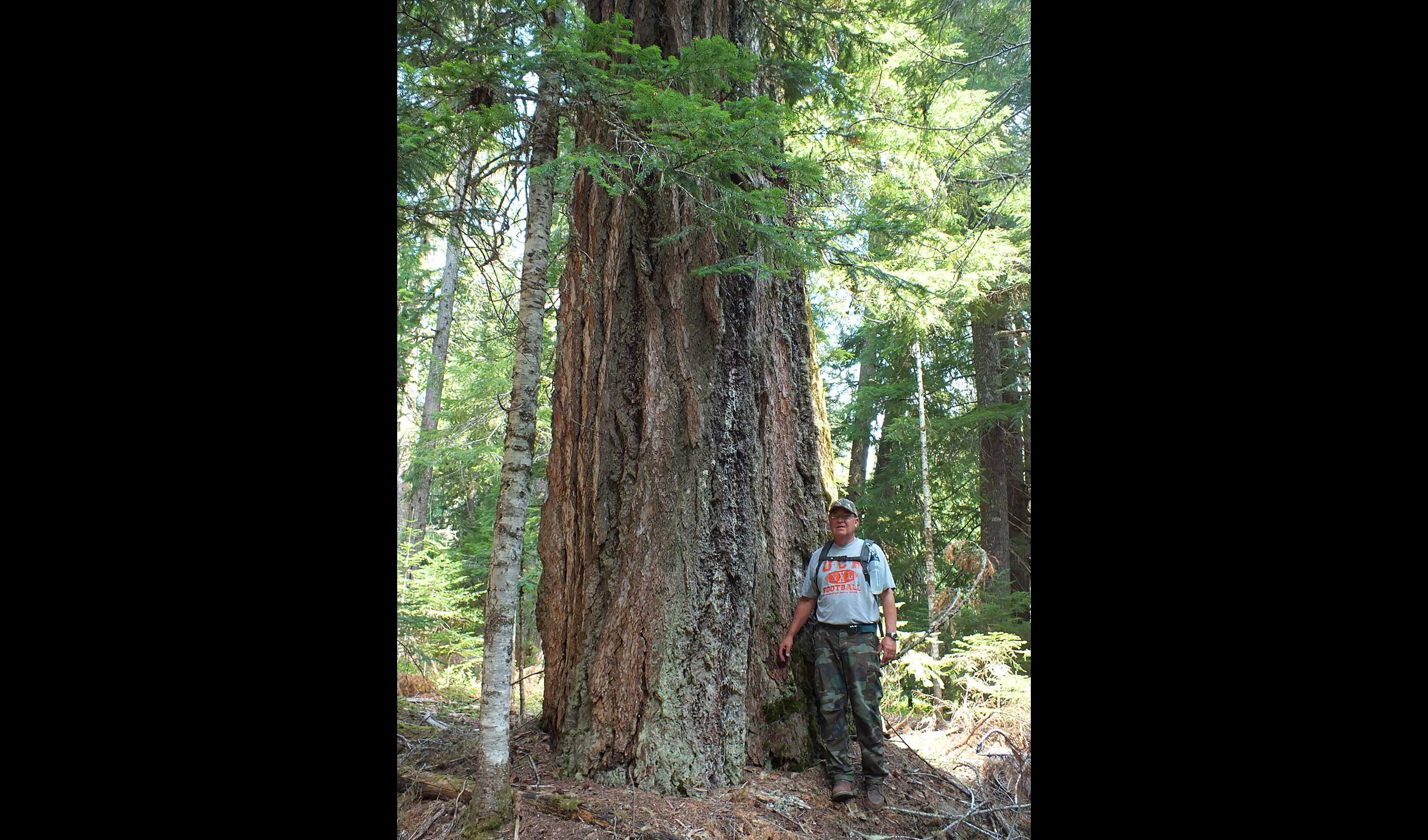Author Bio:
Keri E. Iyall Smith is an enrolled member of the Cowlitz Indian Tribe. She is Associate Professor of Sociology at Suffolk University. She is the author of States and Indigenous Movements and book chapters and articles on Indigenous people and human rights.
Acknowledgements
Thank you to Mike Iyall for many conversations about the ideas in this piece. You offered thoughtful stories to illustrate my thinking. Thank you to Judith Blau for early conversations on environmentalism and climate change. Thank you to the anonymous peer reviewers who offered thoughtful feedback that improved the manuscript. Finally thank you to Confluence for creating space for Indigenous knowledge of the Columbia River system. I also appreciate your supportive staff, especially Lily Hart. All errors are mine.
We Need Another Path: Indigenous Approaches to Sustainability
A British scientist recently placed a cellular phone in a blender to break the device apart and discover its internal components. These items are unknown to us, and we are further separated from the substances that allow for the manufacture and creation of the devices—how are the raw materials acquired? What is the procedure for extracting the resources? From where are they extracted? Processing of raw materials, for foods and other consumables, is necessary in a capitalist economy. When raw materials are “processed” this creates opportunity for the capture of labor in the form of surplus value, that is it creates profit! But the act of “processing” also makes consumption of raw materials less sustainable. The processing requires energy and additional resources (e.g. water to manufacture clothing). The processing also distances people from the natural resources utilized in the course of their daily lives. Thus, processing works to support a capitalist economy, but it breaks down sustainability and weakens the relationship between people and the natural world. By taking cues from Indigenous Peoples who see the natural world as relatives, equal to humans, entitled to protections and thoughtful (minimal) use, it is possible to shift away from attitudes that expanded in the colonial era, which see land as a thing to be conquered and with resources to be extracted.
Early European settlers and explorers looked upon Indigenous Peoples as backward and primitive. In fact, Indigenous Peoples were masters of their environment in a way that did not require the more artificial, invasive, even destructive innovation and technological advancement of the West, as my father Mike Iyall has told me.[1] Living in a region with the resources at hand since time immemorial affords Cowlitz people the opportunity to learn deeply about these plants, animals and fish: we come to know their unique qualities. Temporary housing was built in flood plains. This location was convenient due to its proximity to water, but would be inundated during the rainy season or the spring melt.[2]People lived on the higher river bank during the rainy season, where they could remain dry and still close to the waterways. Cowlitz people who had access preferred to catch salmon at Celilo Falls.[3] Celilo Falls was the ideal location, as it was not too far upstream, where the salmon would be less fatty, and it was far enough inland to be dry and warm enough to process the fish. Salmon caught at Celilo were laid on rocks so that the skin fell off. The remaining meat was then pounded into a mush and left to dry in the sun. This fish meat could then be stored in waterproof woven baskets for up to two years. This is minimal processing of the fish and produced little waste. Knowing the waterways and weather patterns well enough to avoid flooding of their homes, along with the preservation of food in anticipation of hardship are just two ways that Cowlitz people mastered their environment and thrived without the destructive technological advancements of the West.
Over time, Indigenous people develop and maintain relationships with the land and Creation, and perfect the gathering, manufacture, use, and stewardship of resources. Indigenous People come to know which parts of plants can be eaten, which plants had medicinal properties, how to process and use plant bark to weave hats, braid with wool, and more. Cowlitz people, like Indigenous people around the world, utilize the tools of nature largely as nature provides them—keeping people and nature closely entwined and connected. This is in sharp contrast to Western society’s technological advances as we utilize them today. Cowlitz Spiritual Leader Tanna Engdahl notes that “one horrifying fundamental aspect of this imposed religion was the strangely convoluted phrase “dominion over land and water” resources….the strong messaging of “dominion over” as a god-given right” is particularly contrary to Cowlitz lifeways.[4]
Indeed, my father has witnessed Indigenous land management, described as a “Hidden Meadow” in a forest in what is today known as Southwestern Washington State as follows:
“There is much about the hidden meadow that is unique. It is now cut off from easy travel. The bridge is out so you have to wade a river about thigh deep then walk a short mile in.
The walk shows you many unique features, it is marked from the river by a large stone monolith (capitol building size). It can be seen on google earth. An archaeologist friend wanted to look for mini-caves around it. Then as you walk down an over grown road that is covered with wind seeded trees, you see the ground is covered with humps, lumps and bumps. You could not place a small tent anywhere.
Then when you get to the hidden meadow you see an incredible sight guarded by an ancient cedar. The meadow is circular and FLAT. There are NO encroaching trees in the meadow. I wonder if the meadow was somehow treated to prevent tree growth, remember the road is covered with tiny trees in only 10 years. I think by the age of the surrounding trees the meadow may be hundreds of years old. I had a USFS friend Rick McClure the forest archaeologist come out with me and look at it. The good news there is no apparent modern cause.” [5] – Mike Iyall, 2019.
The “Hidden Meadow” is conspicuous for its lack of tree growth and for its flat surface, despite being surrounded by trees. This large cedar tree is likely over 1,000 years old. Why have trees not been wind seeded in the Hidden Meadow, when they have grown so quickly on the disused logging road? How has the Meadow remained open for so long? Ancestors of the people who would become the modern Cowlitz tribe used technologies that are as yet unknown to clear a meadow the size of a football field and its parking lots.
The Colonial Era and Our Understanding of Nature
For over 500 years the land as a resource model has been dominant. The Papal Bull of 1493 introduced the Doctrine of Discovery. The “discovery” of the land by Europeans usurped the rights of Indigenous Peoples to lands they had occupied, maintained, and nurtured for generations prior.[6] With the land transfer, the wealth and fortune would be concentrated in the hands of those who ascribed to this ideology, namely Europeans and settlers. Under the Doctrine of Discovery, God created land for the use and exploitation by (Christian) people –without regard for sustaining land and its resource, but simply for extraction and denuding the land of any materials that could be utilized to build wealth and fortune.
When Europeans arrived in what is today the Americas, their perception was that the land was terra nullius (translated from Latin into “nobody’s land”) a land without people which was seemingly “free” for the taking.[7] The perception of early colonists and settlers was that Indigenous Peoples had not sufficiently “subdued” the natural environment, that by leaving it seemingly untouched they were wasting this valuable resource, thus the land was declared vacuum domicilium.[8] This declaration meant that the Indigenous Peoples did not have a civil right to the land, and made it easier for the land to be taken from them.[9]Early Americans thought that the lands would remain a wilderness—uncontrolled wilderness—if they did not take hold of it.[10] Yet as the Indigenous Peoples were killed or pushed westward, the forests of what is today the Eastern United States became more wild—it would appear that Indigenous Peoples had been managing the lands after all.[11] Looking back, we can see that the lands were indeed occupied, tended, and used by Indigenous Peoples.
Having lived in the same places for generations, knowing the land so well because of the learning they achieve when ministering to the lands, Indigenous Peoples had mastered stewardship of the lands, using fire and establishing roads that became the basis for the highways still travelled today.[12] With fire and other forestry techniques, Indigenous Peoples made the forests accessible for travel by humans and animals alike, allowing for the transplanting of bison in western New York. They also maintained the Great Plains as a vast pasture, “the world’s largest gardens and grazing lands.”[13] The system of roadways developed prior to the colonial era was extensive, followed rivers, and connected the vast continent from north to south, east to west.[14] The roads and the use of fire are evidence of what we might today call landscape architecture and resulted in a sustainable use of the lands and its resources in a minimally invasive manner. Rather than flood the lands with chemicals, establishing harmful waste lagoons to support large scale farming of livestock, or starve the soils of nutrients with monocrops, Indigenous Peoples learned to effectively manage the forest and its resources by making only slight interventions.
These examples of Indigenous resource and land management offer a glimpse of what is possible because of Indigenous Peoples’ understanding of Creation. Yet the colonial era, which remains ongoing, has been dominated by a capitalist approach to land and its resources.
Indigenous Approaches to Creation
“There is only one law; natural law. All manmade systems, be it capitalist, marxist, autocratic, democratic, colonial, or decolonial, cannot save us now. The way of Mother Earth and the Universe is the only way. We either accept that and work with it, or we will perish,” – Ruth H. Hopkins, Dakota/Lakota Sioux writer[15]
The Indigenous approach to Creation is like the layers of an onion—there are many layers with different qualities, and sometimes it is hard to distinguish one layer from another. Here, I attempt to begin to peel back and expose some of these layers, offering ideas about ways to change the colonial perspective of nature. I will begin by looking more closely at the rejection of duality (humans and nature being separate), then consider the holistic view of Creation and the view that land is an ancestor, followed by a look at the importance of learning from Creation in Indigenous traditions. Finally, I will think about how Indigenous Peoples have sought to protect Creation both over time and in recent years.
Indigenous Peoples reject the duality of humans and nature—the destruction of humans is a destruction of nature, and likewise the destruction of nature is a destruction of humans.[16] Thus, it is irrelevant for things of the natural world to possess human rights, and vice versa. It is a struggle to find the right word to use to encompass nature or the environment from an Indigenous perspective. The word must encompass plants, animals, air, water, soils, subterranean things, all of the earth, and even the universe. Because of the spiritual relationship to natural things, we also need a word that captures more than the utilitarian meaning of natural things. Creation is holistic and implies a spiritual component, so I use this word to represent Indigenous conceptualizations of the natural world.
Speaking about the different perspectives on land between Indigenous Peoples and Americans, Vine Deloria Jr. a Sioux scholar and activist, notes that “The basic divergence of viewpoints between American Indians and the rest of the American society must be seen, as mentioned before, in the conception of land, and the choice appears to be between conceiving of land as either a subject or an object.”[17] Indigenous Peoples see land as a subject, while Americans see land as an object. For Indigenous Peoples, Creation is not separated from humans in a dichotomous or hierarchical format. Plants, animals, water, and the natural world more broadly are seen as being peers and family members, the natural world is protected, honored, and loved as such. This means that plants, animals, water—all life and even the seemingly not alive (e.g. the rocks and soils of earth) have rights and are attended to and cared for as if they are family.
For instance, we cannot eliminate all cows because they emit methane. Cows, as living beings granted life by the Creator, should be protected and supported. They should not be subjected to elimination because they emit waste that contributes to climate change. A few cows here and there are not going to be such a big problem, but the factory farms that we currently have to feed the excessive demand for beef are a problem. In the natural world, symbiotic relationships abound and the waste of one life becomes the fuel of another. Indeed, humans also emit waste products that harm the environment—as do all animals. Plants happily consume waste to create life; carbon dioxide and compost allow plants to create sugar, energy, and oxygen! Excrement reinvigorates soils and provides plants with essential nutrients for optimum growth. When the symbiotic systems are in balance, it is a harmonious and effective means of perpetuating all life on Earth. Balance and a holistic approach to our thinking is important for how we approach the cow dilemma (methane gas emissions). It is important to support all life in Creation, keeping the system in balance and encouraging virtuous cycles to dominate.
Scott Momaday, a Kiowa poet and novelist, emphasizes that it is not simply that a relationship exists between Indigenous People and Creation, but that we must examine the qualities of the relationship, which he describes as a “reciprocal appropriation: appropriations in which man invests himself in the landscape, and at the same time incorporates the landscape into his own most fundamental experience” and existence.[18] Because of the long-term, focused nature of both the physical and imagined relationships between Indigenous Peoples and Creation, a strong moral element has developed in this relationship, which Momaday terms “appropriateness.” [19] Appropriateness encompasses memory, experience, and “respect for the understanding of one’s heritage” and it establishes rules for how people interact with nature.[20]
For Indigenous Peoples, Creation has always been a part of their lives, a part of their community. Honoring Creation, preserving Creation, praying for animals killed for food, taking only what you need, using all that you take, harvesting plant material in a way that allows the plant or tree to continue to thrive, generally utilizing only what is necessary andwith a mind towards minimally impacting Creation by such uses are practices embedded in Indigenous life. Indigenous Peoples the world over live among nature, embedded in the natural world, and they are taught to value, appreciate, and honor nature. In Indigenous communities, nature may not have rights or protections—but it is unnecessary since the community members already treat nature as if it were one of them. There is no legal codification necessary, simply the perpetuation of the culture demands that nature is treated as a community member, demands that nature is preserved, protected, honored.
For Kanaka Maoli[21] people, the land is an ancestor. According to their world view, Kanaka Maoli “trace their origins to Kumulipo (dark source), with the mating of Wākea, the sky father, to Papa, the earth mother, from which everything in the cosmos was born and continues to be derived.”[22] Kanaka Maoli people are related to the land, as they would be to other humans; they are linked by genealogical ties. When Kanaka Maoli people speak about the land in their language, the use of the “o” possessive designates inherent status. [23]Inherent status is used to refer to one’s family, one’s body, and the land. In this manner, nature and land are personified. [24]Kanaka Maoli are children of the land and this familial tie to the land is at the core of the relationship between Kanaka Maoli and the land. [25]
In addition to being a family member, Creation is a teacher, holding stories and wisdom. Travelling with students in Arizona, I once bought Bear Root to attend to someone in the group suffering from food poisoning. I was with a group of History and Sociology college students who were visiting the Four Corners region to learn about and experience the continuity of Indigenous life. One student became ill with food poisoning and a shopkeeper on the Hopi reservation suggested Bear Root as a treatment. She told us that Bear Root was given this name because the root was shared with people by bears. The student had a hard time making a Bear Root infusion with the hotel room coffee maker, but Bear Root has other properties, too. I made the small bag of Bear Root last for years—it provided great relief to my sore and scratchy throat! Indigenous Peoples understand their insignificance as humans, they know the natural world as they know their mother’s face, they seek to save the natural world not just for future generations of humans, but for all living [26] Indigenous Peoples have observed the same place for generations, they come to know Creation deeply through their spiritual practices .[27]
For the Western Apache, land is also a teacher through stories connected to geographical places where the event took place, with descriptive names such as “They are Grateful for Water” or “She Became Old Sitting”. [28]Western Apache people describe the land in so many ways—to convey the many things that land and nature are to the people: maternal grandmother, teacher, source of survival and strength, mnemonic device, “the land looks after us.”[29]Mankiller describes the close relationship to Creation that develops over generations. Among the Western Apache this relationship unites people with their surroundings.
“As Apache men and women set about drinking from places—as they acquire knowledge of their natural surroundings, commit it to permanent memory, and apply it productively to the workings of their minds—they show by their actions that their surroundings live in them. Like their ancestors before them, they display by word and deed that beyond the visible reality of place lies a moral reality which they themselves have come to embody.”[30]
These teachings happen among Indigenous Peoples the world over, who continue to live in dialog with Creation. Visiting sites annually for berry picking, hunting, or other gathering activities, Cowlitz people know the land and can learn from and listen to the lessons of animals, plants, and natural features.
Creation is a relative, Creation helps us act right, without Creation we cannot live, Creation needs us to minister to it, and when we do so we also benefit from the spiritual practice and its manifestations.[31] Creation gives to us, and in exchange we take only what we need and give thanks. Creation is deeply familiar and we know it well because we have lived upon it for generations. Creation is also what connects us to our ancestors— our ancestors give names to places that are still spoken today and our ancestors become part of Creation when they die.[32] We can see in Creation the actions of our ancestors. We live today the way that we do because of the ways that our ancestors related to Creation in their time.
This is probably why Indigenous lands are the places that remain unpolluted (or less polluted), intact, without all extractable resources removed. Mountains and hills are untouched, gas is in the ground, oil is in the ground, uranium is in the ground, and more. As the rest of the world has been mined for all that is of use and can be extracted, as the rest of the world grows more polluted, people in the extractive industries and people wishing to pollute and spread waste are looking to Indigenous lands as places that still have potential. Indigenous lands are places that still harbor resources to extract, they are places that remain open to house pollution and waste.
Recall that the early Europeans who arrived on what is today North America perceived an empty and barren wilderness that was uninhabited and open for the taking. Today’s extractive industries look upon Indigenous lands that still contain resources for the taking as (sometimes literally) a goldmine for the taking. These industries are looking for ways to gain access to the resources, to obtain right-of-ways to build pipelines and infrastructure, they are looking for ways to obtain permits to pollute or store nuclear waste. These lands appear to contain resources for taking, they appear to be available to pollute. “The early twenty-first century has seen increased exploitation of energy resources begetting new pressures on Indigenous lands…resistance to these powerful corporate forces continues to have profound implications for US socioeconomic and political development and the future,” wrote the activist and scholar Roxanne Dunbar-Ortiz.[33] Over five hundred years have passed, but pillage and primitive accumulation remain the dominant perspective of outsiders looking upon Indigenous lands.
Since contact, Indigenous Peoples have sought to protect their culture, identity, and their relationship to the lands. Today they must also protect their lands from pollution, waste, and degradation. They work to protect any remaining resources that extractive industries seek to remove (e.g. drilling for oil in the Alaska National Wildlife Refuge, fracking in Chaco Canyon, shrinking the Bear’s Ears National Monument to allow for resource extraction, dams on the Columbia River for energy production, and permitting for Dakota Access Pipeline and the Keystone XL pipeline). Living closely to the land, as Indigenous people frequently do, means that they are vulnerable to changes in the environment—pollutants and toxins, changes in temperature, changes in animal behavior, alterations to plant life—all of these things are observed and experienced by Indigenous people because of how they live.[34]
For this reason, Indigenous people can be called the miner’s canary—like the canary, they will suffer the consequences of environmental degradation and climate change before people who live less closely to the land are impacted.[35] It also means that Indigenous people are well aware of what is lost when extraction and pollution begin, and around the world they lay down their lives to stop this damage to Creation.
Applying Indigenous Approaches to Creation
“I know these are scary, uncertain, hurtful times, but I really wish people would stop talking about what a trash fire the world is. Our world is a wounded relative, not a hopeless ruin, and we’re called to help heal the injuries we’ve inflicted on our kin.” Daniel Heath Justice (2019), Cherokee, Professor at the University of British Columbia.[36]
As we examine how to incorporate Indigenous approaches to Creation more broadly, it will be important to think holistically, equitably, with empathy, anticipating what will be important in the long run, not just to get by in the immediate future. A rejection of capitalism will be essential: Indigenous Peoples see capitalism and sustainability as inherently incompatible. You cannot have sustainability in a profit driven model which objectifies and commodifies everything in life. So, rather than extracting all fossil fuels, we must “Keep it in the ground” as movements around the world demand. Doing so will be essential for stopping carbon and greenhouse gas emissions as well as minimizing particulate matter pollution. Leaving fossil fuels intact in Earth also protects water, plants, animals, and soils from becoming contaminated when there are oil spills. Keeping the oil (and other resources) in the ground also avoids the degradation that happens in the course of extraction, such as clear cuts, craters and waste ponds. Following the practices of Indigenous people, all land should be valued, conserved, and preserved.
It will also be necessary to reject the nature-human dichotomy that was spread during the colonial era and continues to be dominant today. Rather than promoting human rights, we must move forward embracing rights for the living, all kinds of animals, plants, trees, mountains, rocks, water, the soils, everything in Creation. Legal protections are beginning to expand for specific parts of Creation, such as the Whanganui River in Aotearoa[37] which is now granted personhood rights.[38] In 2019 the White Earth Nation granted legal status to wild rice. “White Earth Nation has adopted the Rights of Manoomin into law. Sacred wild rice now has legal status. Wild rice is central to who we are as Anishinaabeg, it is a living relative. We must #ProtectTheSacred.”[39] As we see these protections expand and grow, they should be done with an eye towards the equity of all things in Creation, thinking about how such rights and practices can be generalized more broadly.
While it seems to be progressive to write legal protections for rice, rivers, and animals, in many ways it shows a failure on our part. Without legal protections acting as a barrier to behavior, rivers and their tributaries, Manoomin, and animals would be in danger. Indigenous Peoples have not needed such barriers—formal legal structures—in place in order to protect the natural world. Norms and practices have been sufficient to encourage respect and good treatment of all things in nature. We should see these protections as signs of how far we have come from Indigenous Peoples’ lifeways—which affirm the equity of all Creation—even as we celebrate the protections that they now provide.
The vegan lifestyle is very popular among people who value the environment and nature, particularly animals. Yet, vegan leather is typically produced with petroleum products. Labelling petroleum derived products as “vegan” might make us think of these products as environmentally conscious, but in fact these products contribute to the fossil fuel extractive industries. Similarly, vegan products avoid the use of beeswax—a sustainable wax—and instead rely upon plant oils or petroleum derived oils. Beeswax is far more environmentally friendly than a petroleum derived wax. In this way, vegans show us that when people choose to value one form of nature over another, there are consequences for other parts of the environment. We must think holistically about our decisions regarding nature and the environment. Prioritizing one form of Creation over another can have negative consequences for all forms of life. It is better to avoid prioritizing the lives of humans and animals, and instead begin to think about the entirety of the environment and reject any dualities or hierarchies when we engage in decision-making. In this way, we are showing that level of respect and prioritizing Creation as a whole.
At the risk of being redundant, it is necessary to reject any kind of rationalizing that suggests that humans are “more” than other forms of life or element of Creation. There is no hierarchy of Creation/life/nature/human. In a conversation on Twitter about the hierarchy of life, critiquing the idea that humans are at the top, Christi Belcourt, a Metis author and artist, offers this response: “I was taught by elders we are at the bottom. For nothing needs us to survive, but we need everything else. This is why we are to respect all living things as if our lives depend upon them, because they literally do.”[40] Humans are of the natural world, as are all other beings. Everything in Creation contributes to this world by our existence and we all live by the same laws. None is above the other—we are peers. The smallest microscopic life contributes to the wellbeing of the largest living creatures. Phytoplankton and zooplankton feed the largest whales as well as smaller creatures. When we design mitigation and adaptation strategies to help us respond to climate change, we must reject the human/nature dichotomy, we must reject placing ourselves as humans at the top of the hierarchy and think holistically about our strategies and the intended and unintended consequences of such practices. Creation will surely go on without us, but we will not be able to go on without stabilizing Creation.
As we design mitigation and adaptation strategies, it will also be important to think long term, as many Indigenous Peoples do when thinking of how to provide for the wellbeing of the next seven generations of their relatives. This is the opposite of corporate capitalism, which thinks of the quarterly profit reports and Wall Street’s reaction. It is verylong-term decision making, thinking maybe as long as 500 years into the future, to ensure sustainability and stability of climate, the environment, and Creation. Among the Oglala people this is expressed as a reminder that “the Takeoche [grandchild] generation is coming. We’ve got to take care of all of this for them.”[41]
When making decisions, Indigenous community members take into account the impact of those decisions on their community in the present day and in the future. They seek to make decisions to ensure that future generations will be adequately cared for. With all of our best efforts, maintaining Creation in a holistic and equitable manner, thinking long term, changes will still occur and we will need to respond. Leaning on past knowledge of a place, and how Creation lived within that place, we can learn both how to maintain our natural world as well as how to respond to change when adaptations occur. Adaptation and mutation are components of Creation as well, but with so many teachers and so many lessons at hand, we will be well equipped to move forward for the good of all.
References
[1] Mike Iyall, Personal communication with author, 2013.
[2] Mike Iyall, Personal communication with author, 2021.
[3] Mike Iyall, Personal communication with author, 2021 and Thelma Adamson. Folk Tales of the Coast Salish. (Lincoln Nebraska: University of Nebraska Press, 2009).
[4] Tanna Engdahl. 2020. “Spirit Life Force.” Cowlitz Tribal News. Pg. 16. Fall Issue.
[5] Mike Iyall. Personal communication with author, 2019.
[6]Roxanne Dunbar Ortiz. An Indigenous Peoples’ History of the United States. (Boston, MA: Beacon Press, 2014).
[7] Dunbar-Ortiz, 2014
[8] Andrea Smith. Conquest: Sexual Violence and American Indian Genocide. (Cambridge, MA: South End Press, 2005.)
[9] Smith, 2005.
[10] Smith, 2005.
[11] Dunbar-Ortiz, 2014.
[12] Dunbar-Ortiz, 2014
[13] Dunbar-Ortiz, 2014, page 28.
[14] Dunbar Ortiz, 2014
[15] Ruth H. Hopkins. Twitter post. November 11, 2018, 1:01pm. https://twitter.com/Ruth_HHopkins/status/1061725609628483584
[16] Andrea Smith. Conquest: Sexual Violence and American Indian Genocide.
[17] Vine Deloria Jr, God is Red. (New York: Grosset and Dunlap Publishers, 1973), 70.
[18] N. Scott Momaday, The Man Made of Words. (New York, NY: St. Martin’s Press, 1998), 3.
[19] Ibid.
[20]N. Scott Momaday, The Man Made of Words. 9.
[21] Kanaka Maoli people are Indigenous Hawaiians. This is the term that they use to refer to themselves in their language.
[22] Kekuni Blaisdell and Noreen Mokuau. “Kanaka Maoli, Indigenous Hawai-ians.” Pin Hawaii: Return to Nationhood. Edited by Ulla Hasager and Jonathan Friedman. (Copenhagen, Denmark: International Working Group for Indigenous Affairs, 1994.), 49–67.
[23] Haunani-Kay Trask. From a Native Daughter: Colonialism and Sovereignty in Hawai’i. (Honolulu, HI: University of Hawaii Press, 1999).
[24] Haunani-Kay Trask. From a Native Daughter.
[25] Haunani-Kay Trask. “Kupa’a ‘Aina.” in Hawaii: Return to Nationhood. Edited by Ulla Hasager and Jonathan Friedman. Copenhagen, Denmark: International Working Group for Indigenous Affairs, 1994), 15-32.
[26] Wilma Mankiller, “Being Indigenous In the 21st Century.” Cultural Survival Quarterly, 2009. 33:1. https://www.culturalsurvival.org/publications/cultural-survival-quarterly/being-indigenous-21st-century.
[27] Wilma Maankiller. “Being Indigenous In the 21st Century.” Cultural Survival Quarterly, 2009. 33:1. https://www.culturalsurvival.org/publications/cultural-survival-quarterly/being-indigenous-21st-century (last accessed March 7, 2019).
[28] Keith H. Basso. Wisdom Sits in Places: Landscape and Language among the Western Apache. (Albuquerque: University of New Mexico Press, 1996.)
[29] [29] Keith H. Basso. Wisdom Sits in Places: Landscape and Language among the Western Apache, 38.
[30] Keith H. Basso. Wisdom Sits in Places: Landscape and Language among the Western Apache.
[31] (Dunbar-Ortiz 2014).
[32] Keith H. Basso, Wisdom Sits in Places; Deloria, Jr. God Is Red.
[33]Dunbar Ortiz, 10.
[34] Al Gedlicks. Resource Rebels: Native Challenges to Mining and Oil Corporations. (Cambridge, MA: South End Press, 2001.)
[35] Gedlicks, 2001.
[36] Daniel Heath Justice. Twitter Post. 6 February 2019, 3:48am. https://twitter.com/justicedanielh/status/1093114144675500032
[37] This is the Maori name for New Zealand.
[38] Eleanor Ainge Roy. “New Zealand river granted same legal rights as human being.” The Guardian, 2007. https://www.theguardian.com/world/2017/mar/16/new-zealand-river-granted-same-legal-rights-as-human-being
[39] Tara (zhaabowekwe) Houska, Twitter Post. 12 January 2019, 1:32 pm. https://twitter.com/zhaabowekwe/status/1084201486194823168?
[40] Christi Belcourt (christibelcourt). Twitter Post. 17 March 2019, 6:08 am. https://twitter.com/christibelcourt/status/1107267517423276033
[41] Winona LaDuke. Recovering the Sacred: The Power of Naming and Claiming. Cambridge, MA: South End Press, 2005), 253).
